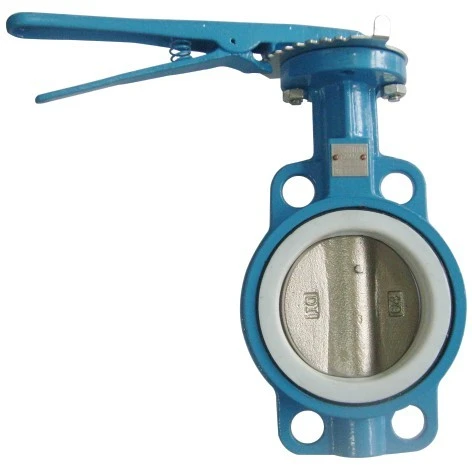The disc or butterfly plate of
butterfly valves rotates shaft roundly to open or close. Butterfly valves are mainly used for cutting-off or throttling in pipes. Butterfly valves are suitable for pipelines of engineering systems to transmit corrosive or non-corrosive fluid media, including coal gas, natural gas, liquefied petroleum gas, etc.
Applicable working conditions of butterfly valves:
Butterfly valves are appropriate for flow regulation. Because butterfly valves have large pressure loss in pipelines, which is about three times of gate valves. So impact of pressure loss in pipelines should be taken into full consideration when choosing butterfly valves. When the valves are off, incorruptibility of disc enduring pressure of media should also be focused. What's more, working temperature limitation of elastic seat materials under high temperature should be also thought about.
Butterfly valves have low face-to-face dimension and overall height, high on-off velocity, good flow control characteristics. Structural principles of butterfly valves are the most suitable for being made into large dimension valves. When butterfly valves are required to control flow, what is the most important is that choose right dimensions and types of butterfly valves so that the valves can operate properly and effectively.
When used to throttle or regulate mud, the valves should have short face-to-face dimension, high on-off velocity and low differential pressure. Butterfly valves are recommended.
Soft seal eccentric butterfly valves are applicable for two-way on-off and regulation in ventilation and dedusting pipelines which have been widely applied in engineering systems, including metallurgy, light industry, power and petrochemical industry.
Owing to being limited by structure and materials, butterfly valves are not suitable for high temperature or pressure pipeline system. In general, the working temperature is lower than 300℃ and nominal pressure below PN40.
